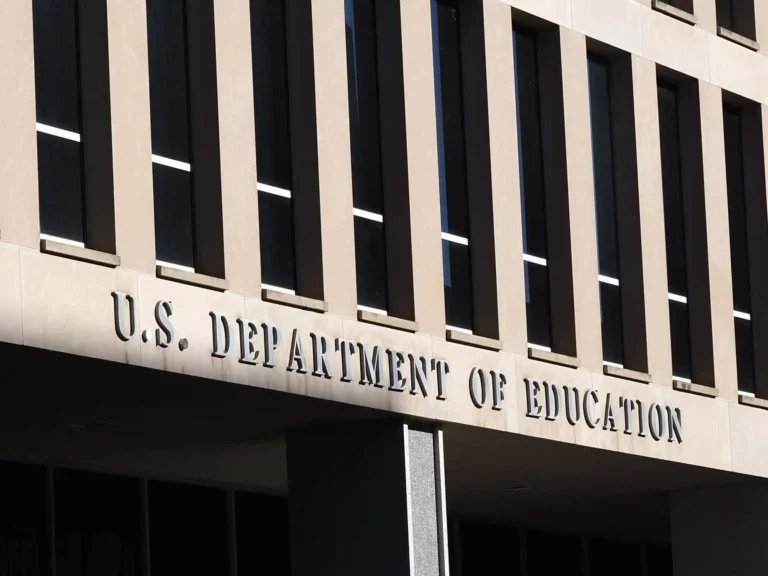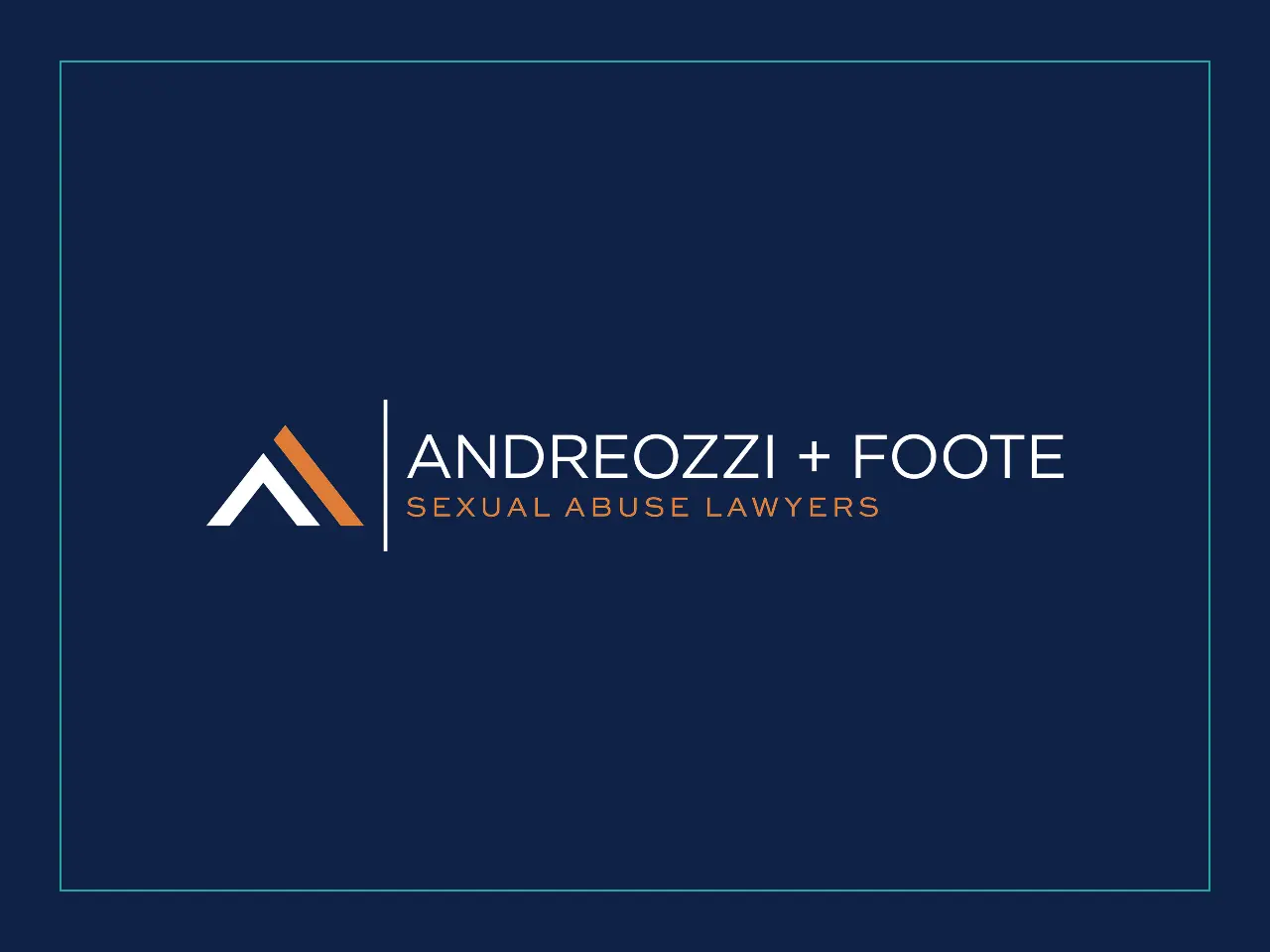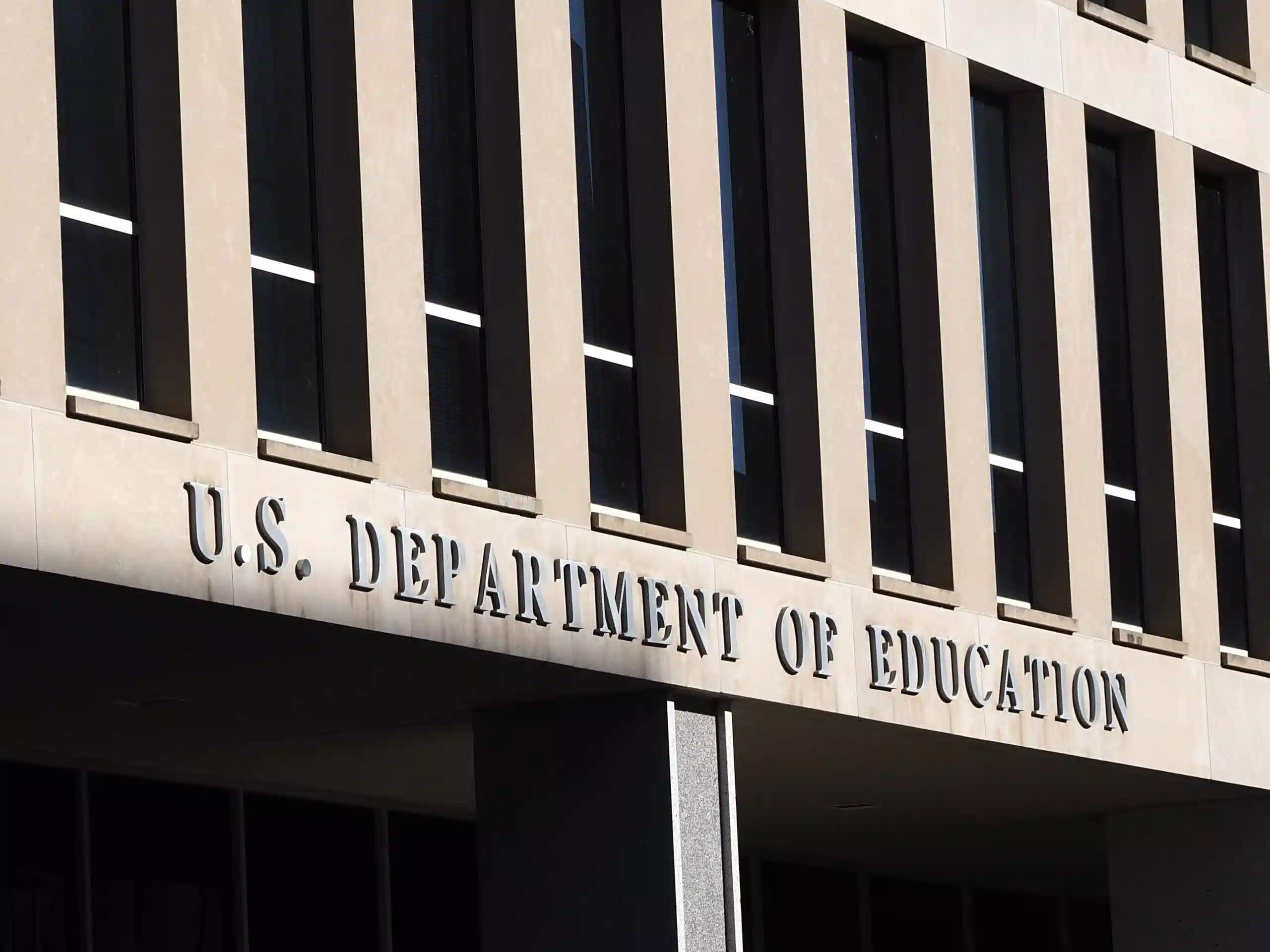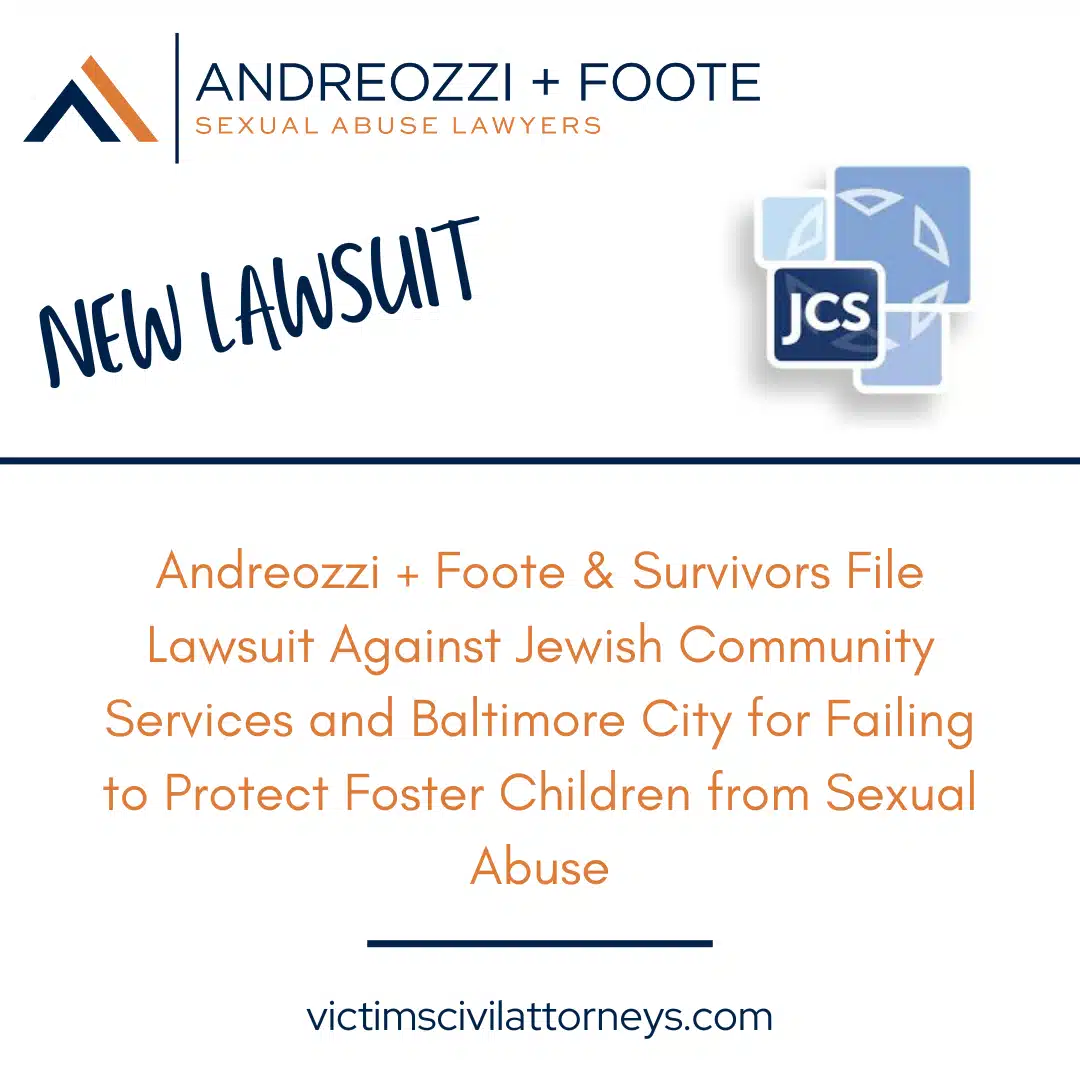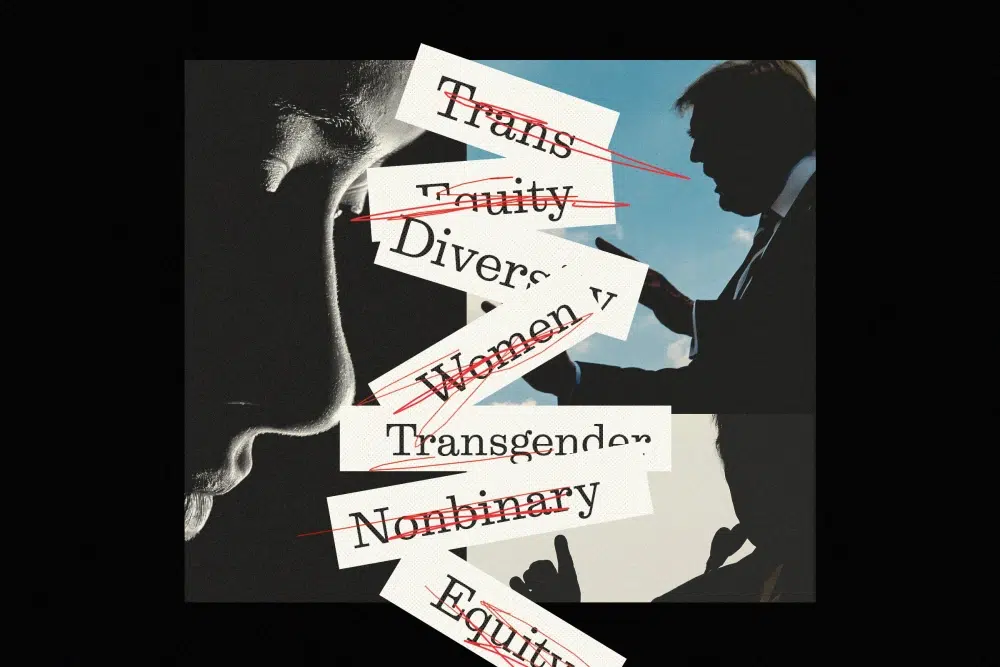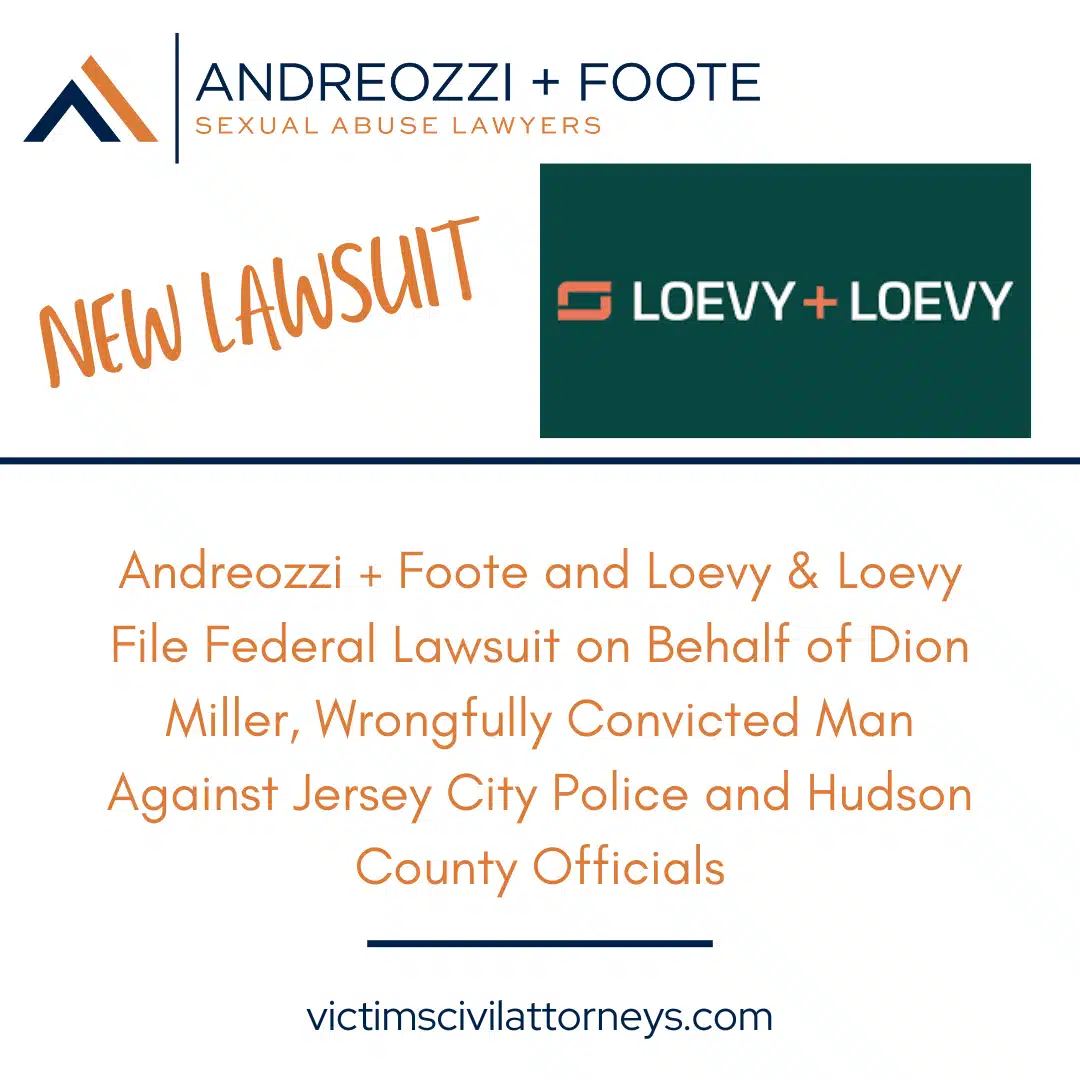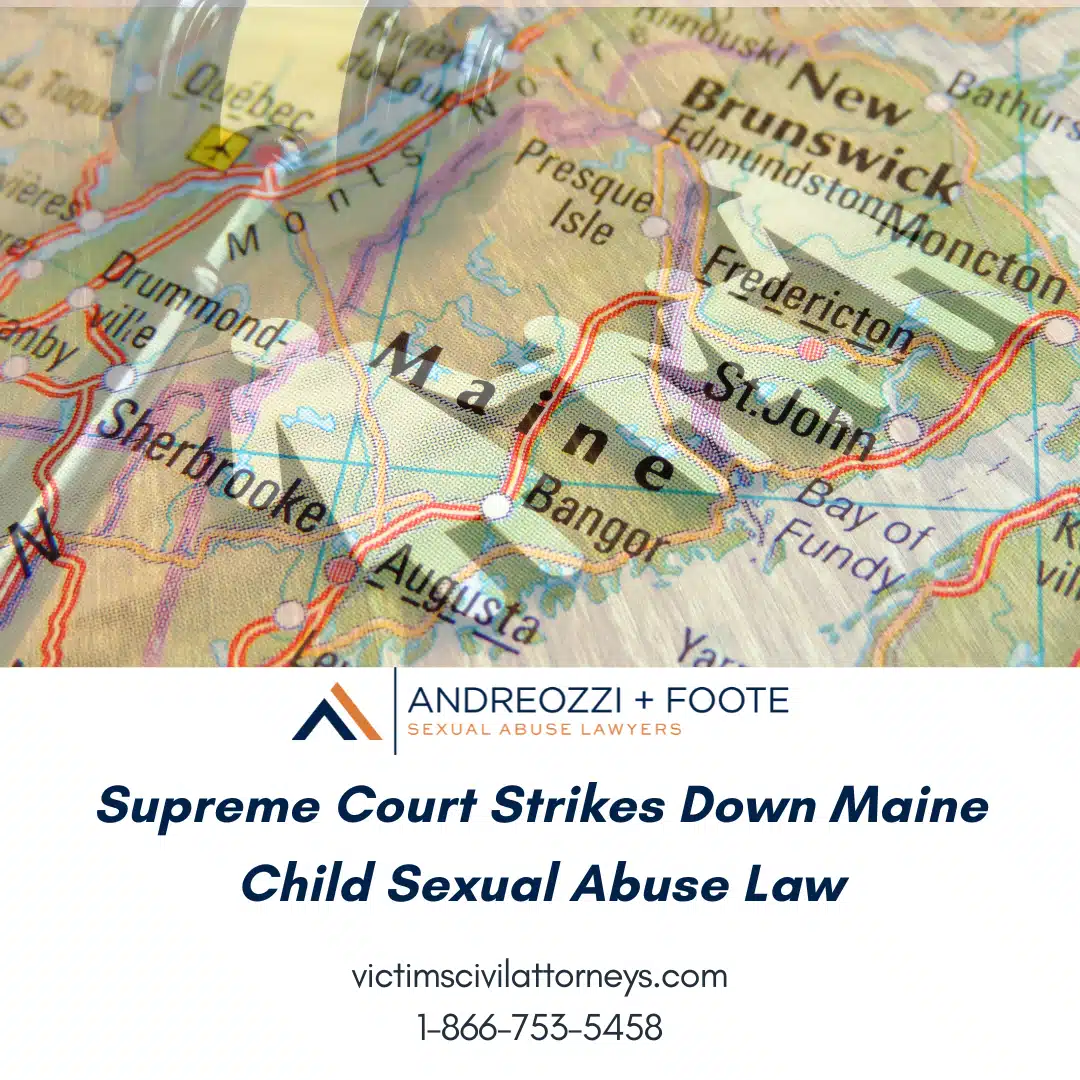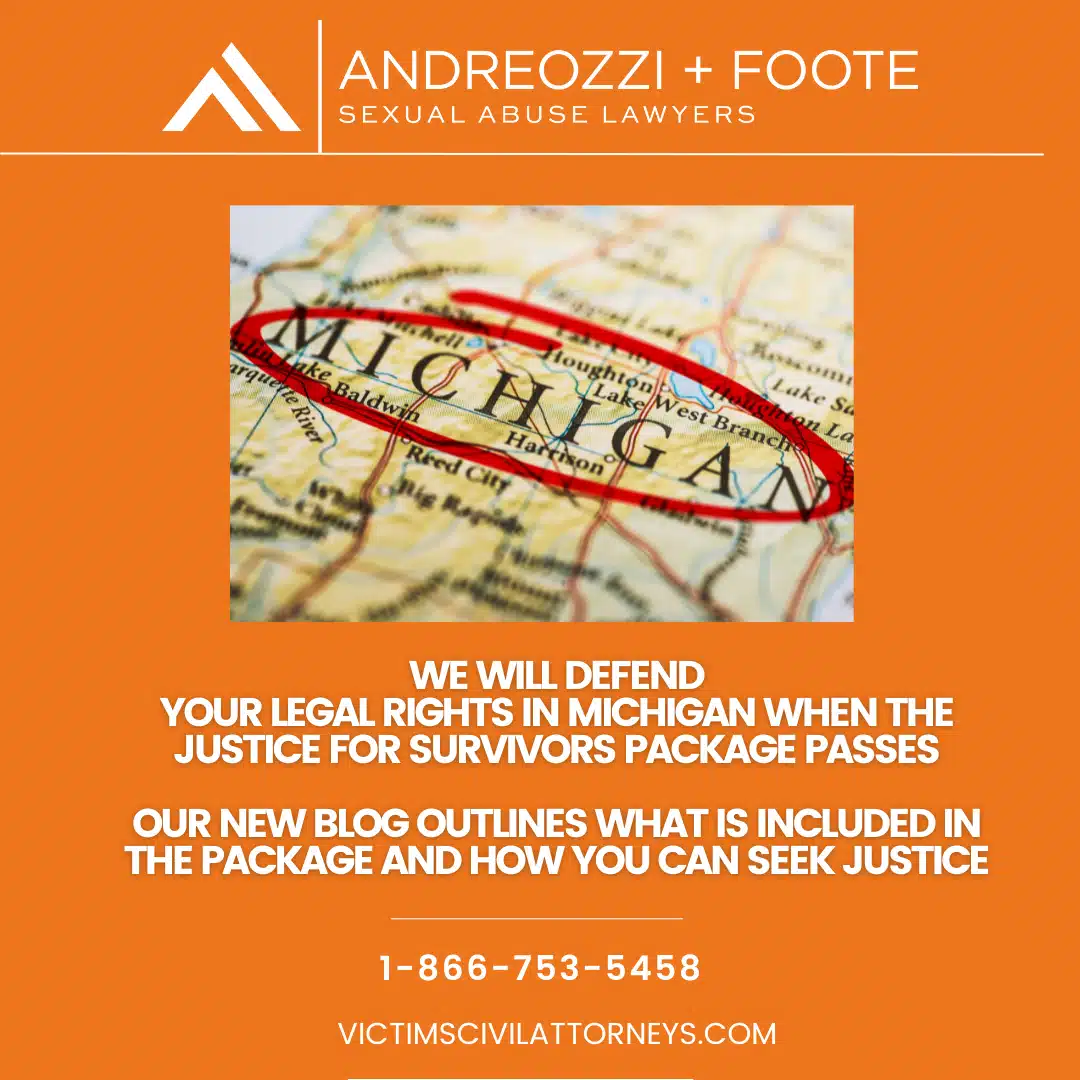Let me be clear: dismantling the U.S. Department of Education isn’t just a political talking point—it’s a direct threat to the safety of our children. As advocates for survivors of sexual violence, it’s deeply alarming for the elimination one of the few federal agencies tasked with protecting students’ civil rights. This move would be catastrophic—not just for education, but for the thousands of children who rely on schools to be safe, supportive environments.
Because when the Department of Education disappears, so does federal oversight. So does accountability. And so do critical protections for children, particularly those who are most vulnerable to sexual abuse and exploitation.
What the Department of Education Actually Does to Protect Children
The Department of Education plays a crucial role in protecting children from harm—especially through its Office for Civil Rights (OCR) and the enforcement of Title IX, a federal law that prohibits sex-based discrimination in any school or education program that receives federal funding.
Title IX isn’t just about sports or gender equity—it’s one of the few legal tools survivors of sexual assault and harassment in schools have to seek justice. It mandates that schools investigate reports of sexual violence, provide support to student survivors, and take steps to prevent future harm. Without it, far too many students would suffer in silence.
Eliminating the Department means erasing the very structure that ensures schools comply with these laws. That’s not just irresponsible—it’s dangerous.
State Control Means Uneven Protection—and That’s a Risk We Can’t Take
Sending responsibility back to the states might sound harmless to some. In practice, it creates massive discrepancies in protection, access to justice, and survivor support. Every state has its own laws, resources, and political climate—and not all are committed to protecting children from sexual abuse. Survivors turned away because of outdated statute of limitation laws. In others, schools face little to no accountability for failing to address sexual violence. Without universal federal oversight, we are left with a dangerous patchwork system where a child’s safety depends on their zip code. That is unacceptable. We need a strong, consistent national standard that ensures every child—regardless of where they live—has access to safe learning environments and a clear path to justice when harm occurs. When it comes to protecting our children, state-by-state variation simply isn’t good enough.
Stripping Away Oversight Creates a Playground for Predators
We’ve seen what happens when institutions are left to police themselves. Just look at the decades of cover-ups in religious institutions, sports organizations, and private schools. Without independent oversight and clear accountability, abuse thrives in silence.
Public schools are no different. In fact, the rise in civil lawsuits across the country shows a disturbing pattern: teachers, coaches, and administrators abusing their power while school systems fail to act—or worse, actively conceal misconduct to protect their reputations.
The Department of Education is often the only line of defense for students whose abuse is ignored or mishandled by local authorities. Its ability to investigate systemic failures and enforce consequences is essential to keeping schools safe. Without it, predators are emboldened, and victims are left without a voice.
The Most Vulnerable Children Will Suffer the Most
Let’s be honest—children from marginalized communities are already at greater risk for sexual abuse. As a result, LGBTQ+ students, students of color, students with disabilities, and those in foster care face higher rates of victimization and are less likely to be believed or supported when they come forward.
The Department of Education, for all its imperfections, has made strides in recent years to address disparities and push for more inclusive protections. Rolling back those efforts—or erasing the agency altogether—sends a clear message to these students: You don’t matter. Your safety doesn’t matter.
And that is a message we cannot afford to send.
What This Means for Civil Accountability
When children are abused in schools, and the system fails to protect them, civil lawsuits are often the only path to justice. But those cases rely on established standards—like those enforced by the Department of Education—to prove negligence and systemic failure.
If the Department disappears, those legal standards become murkier. Survivors may find it even harder to hold schools accountable. And without the threat of federal investigation or funding consequences, schools may feel less pressure to take preventative action.
This isn’t about bureaucracy. This is about justice.
We Must Speak Out—Before It’s Too Late
Eliminating the Department of Education isn’t just misguided—it’s reckless. It endangers children, silences survivors, and rolls back decades of progress in the fight to end sexual violence in schools.
Too many survivors failed by the very institutions meant to protect them. Seeing firsthand how critical federal oversight can be in creating change, securing justice, and preventing future harm.
We cannot let political agendas strip away the safeguards our children need. We must fight to keep the Department of Education intact, strengthen its protections, and hold schools accountable at every level.
Every child deserves to learn in a school where safety isn’t optional—and silence is never the answer.

